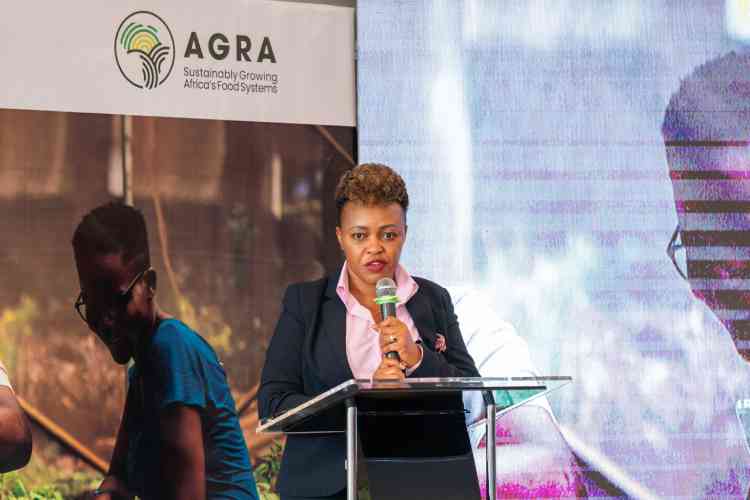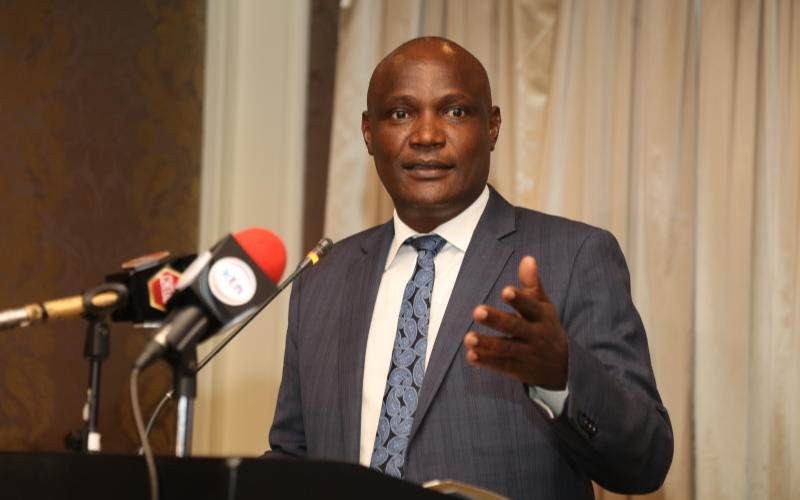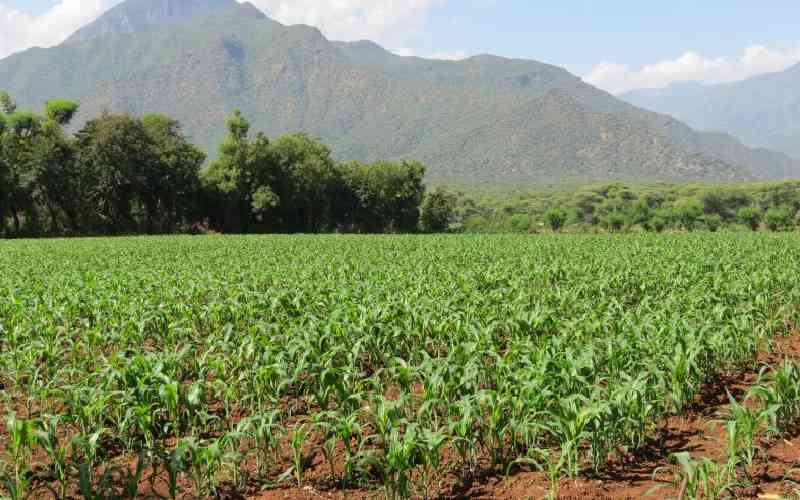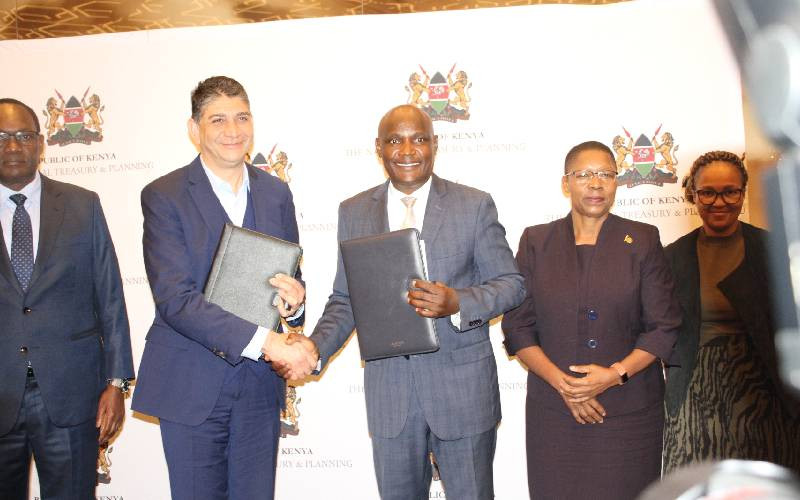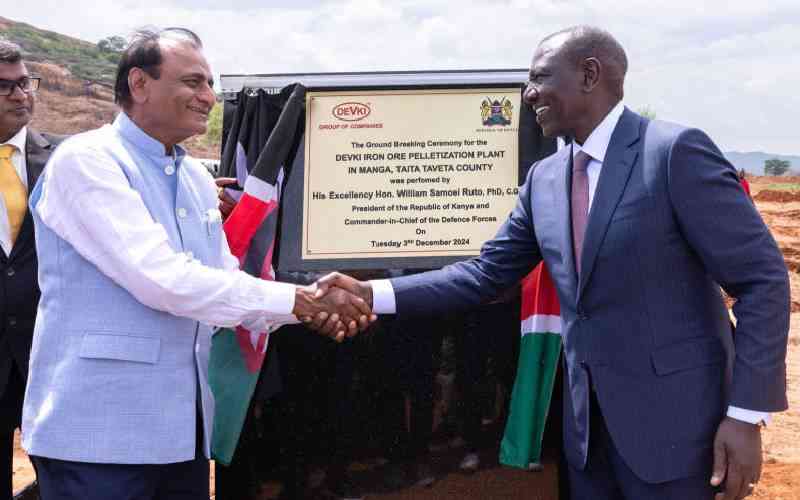×
The Standard e-Paper
Kenya's Bold Newspaper
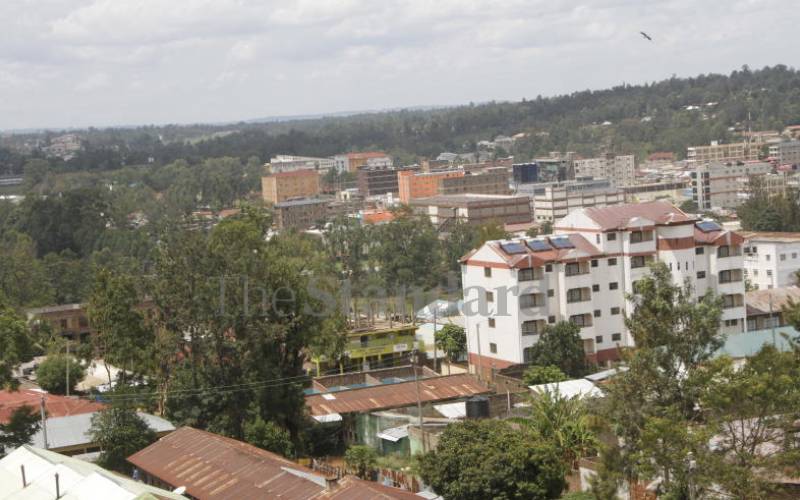
An aerial view of Migori Town and buildings. [Caleb Kingwara, Standard]
Migori town used to be a rural centre, with small-scale businesses run by locals of the town and its environs. But not anymore.


